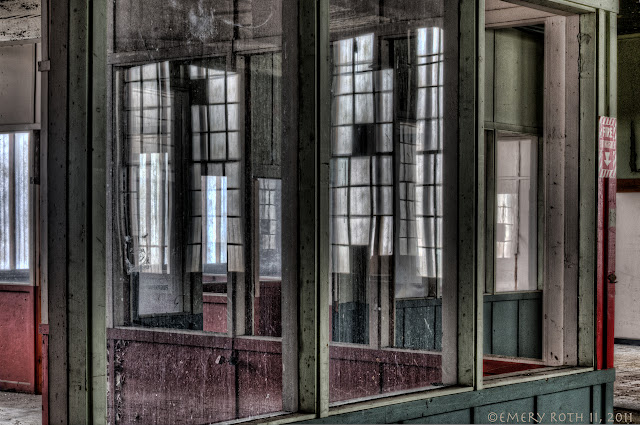PHOTOGRAPHER'S JOURNAL, "Humphreysville"
Previously called Chusetown, in 1804 the legislature designated the area by Rimmon Falls, four miles upstream of Derby on the Naugatuck as "Humphreysville." By then, David Humphreys was raising sheep. Born in Derby and educated at Yale, he had been a trusted aid, friend, and confidant of George Washington during and after the Revolution. He was honored for his bravery at Yorktown and chosen to receive the enemy's colors at the surrender of Cornwallis and convey them to Congress in session in Philadelphia.
For a hundred years before the revolution the towns had employed local sheepmasters to oversee the breeding of sheep and the duties of the town shepherd, but yield and quality remained low. After the revolution Humphreys served for six years as our first ambassador in Spain and Portugal securing treaties. After Jefferson recalled him, and he finally disembarked at Derby Landing from his travels in Europe, he was accompanied by 91 Merino sheep and had an extensive knowledge of the strengths and evils of English, woolen manufacturing.
In 1803 on the banks of the Naugatuck River beside Rimmon Falls Humphreys began laying out what has been called the first factory village in the United States. There, using the power of the Naugatuck, the wool of his Merino sheep was converted to woolen cloth. Soon there were houses for workers, a grist mill, a paper mill, a clothier, and surrounded by gardens to produce food to feed a work force. There was also a school to educate the children and a four-story factory producing both woolen cloth and cotton cloth in quantities for export. Humphreys paid the schoolmaster's salary and offered prizes for scholarship and prizes for outstanding job performance by his laborers. He went before the state legislature to lobby for bills to enforce factory safety and cleanliness. When Madison took his oath of office in 1809, he was dressed in a full suit of American woolens from Humphrey's Merino sheep, of which Colonel Humphreys's factory produced the coat.
Humphreys' was a utopian vision put into practice on the Naugatuck River when Chief Joseph still lived along its banks, and it's waters still contained fish. Today, the town is Seymour, and the falls and several blocks of the town lie beside concrete pillars and under the shadow of the Route 8 overpass. In the shadows by the falls are the remains of an old sluiceway, and several times each day you can hear the commuter train pass along the track nearby, but amid the merged din of highway and falls, little else tells of the industrial past of the Naugatuck here, and fish are back in the river again.
DAVID HUMPHREYS:
"Oh, might my guidance from the downs of Spain,
Lead a white flock across the western main;
Fam'd like the bark that bore the Argonaut,
Should be the vessel with the burden fraught!
Clad in the raiment my Merinos yield,
Like Cincinnatus fed from my own field;
Far from ambition, grandeur, care and strife
In sweet fruition of domestic life;
There would I pass with friends, beneath my trees,
What rests from public life, in letter'd ease."








